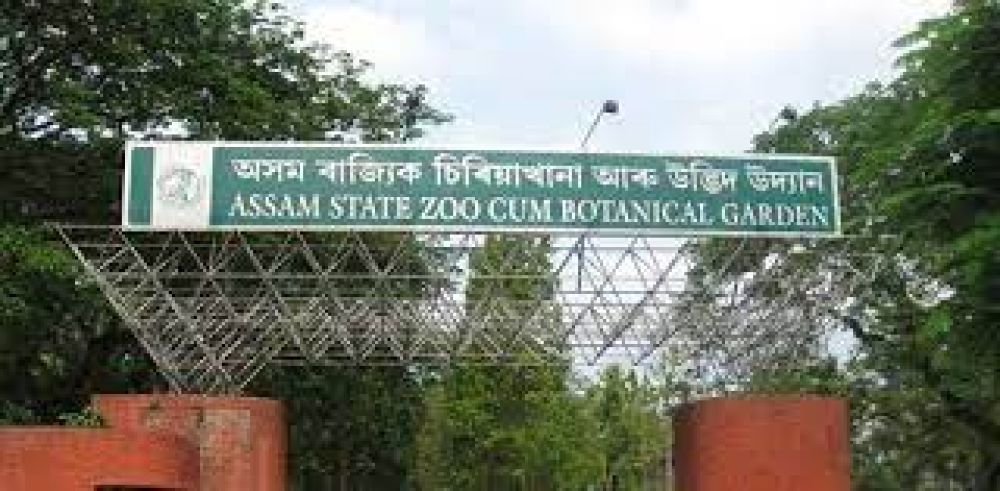

The Assam State Zoo cum Botanical Garden, nestled in Guwahati, Assam, is one of the verdant jewels of Northeast India. Established in the mid-20th century, the zoo began its journey in 1957 when it was opened to the public during the tenure of the state’s Chief Commissioner, Mr. S.N. Khosla. The Zoo originally started with just 42 animals; however, it has now blossomed into a sprawling habitat housing over 900 animals and birds representing almost 113 species of wildlife. It has evolved significantly from its early days, reflecting the growing emphasis on conservation and animal welfare.
The initial growth of the zoo was a testament to the burgeoning interest in wildlife and conservationism, which gained traction in the late 20th century. Over the years, the Zoo has expanded its footprint to incorporate a botanical garden, amplifying its commitment to plant conservation and education, thereby enhancing its appeal to a broader spectrum of visitors.
As tourism trends have shifted, the Assam State Zoo cum Botanical Garden has witnessed a transformation in visitor demographics and expectations. Initially an attraction for local residents and school field trips, the zoo has become a must-visit destination for tourists seeking to explore the biodiversity of Assam. The Government of Assam, realizing the Zoo’s potential in attracting international and domestic tourists, has made consistent efforts to upgrade and expand its facilities.
Key milestones in the development of tourism at Assam State Zoo cum Botanical Garden include:In recent years, eco-tourism has become a significant trend, and the Assam State Zoo cum Botanical Garden has adapted to this by emphasizing its role in the conservation of indigenous flora and fauna. Visitors are increasingly drawn to the Zoo not just for entertainment but also for educational experiences that raise awareness about the environment.
The Assam State Zoo cum Botanical Garden has become more than a destination; it represents the heart of Assam’s commitment to preserving its rich biodiversity. It stands as a symbol of the harmonious coexistence of humans and nature, all the while continuing to adapt and innovate to ensure that it remains a relevant and educational site for generations to come.